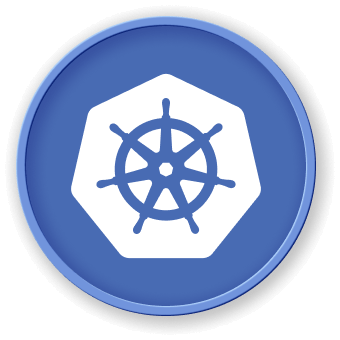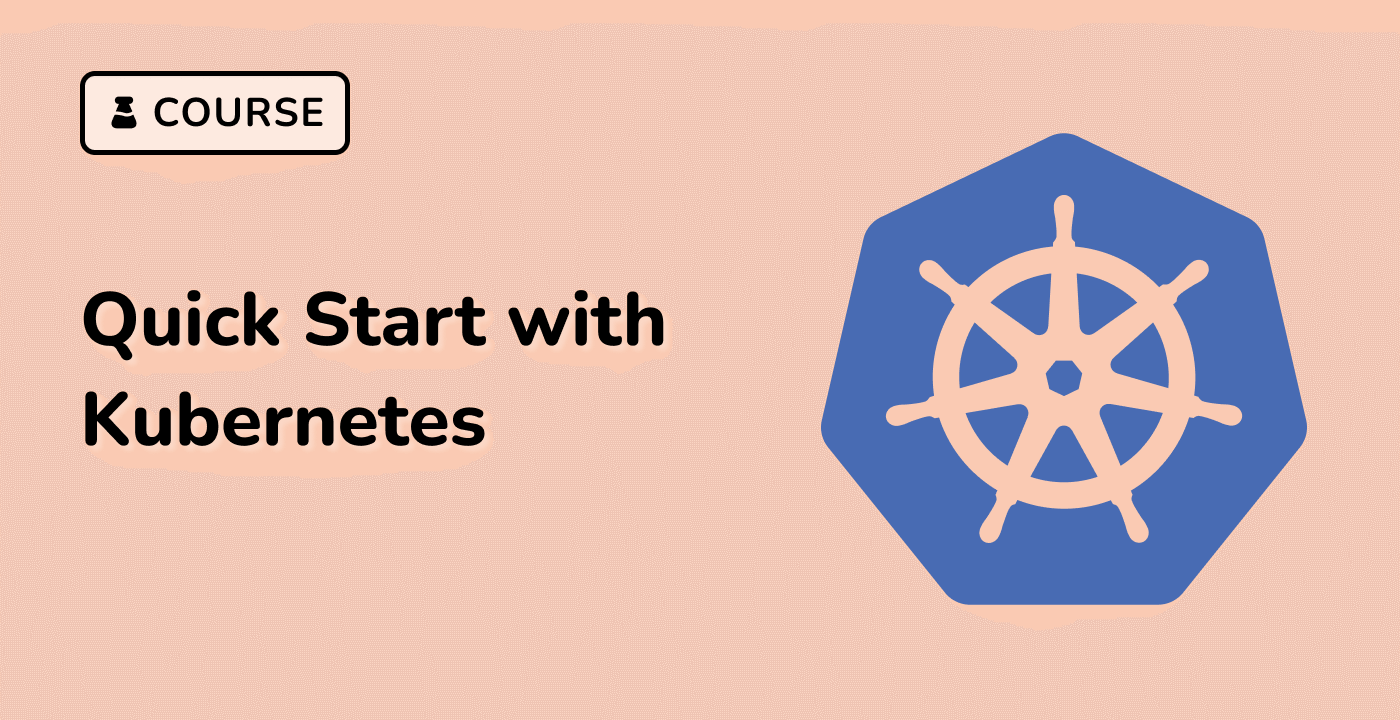Managing Kubernetes Service Accounts
Managing Kubernetes Service Accounts involves creating, configuring, and assigning Service Accounts to Pods within your Kubernetes cluster. This process ensures that your workloads have the appropriate level of access and permissions to interact with Kubernetes resources.
Creating a Service Account
To create a new Service Account, you can use the Kubernetes API or the kubectl command-line tool. Here's an example of creating a Service Account named my-service-account:
apiVersion: v1
kind: ServiceAccount
metadata:
name: my-service-account
You can then create this Service Account by running the following command:
kubectl create -f service-account.yaml
Assigning a Service Account to a Pod
When you create a Pod, you can specify the Service Account to be used by that Pod. Here's an example of a Deployment that uses the my-service-account Service Account:
apiVersion: apps/v1
kind: Deployment
metadata:
name: my-app
spec:
replicas: 3
selector:
matchLabels:
app: my-app
template:
metadata:
labels:
app: my-app
spec:
serviceAccountName: my-service-account
containers:
- name: my-container
image: my-app:v1
In this example, the Pods created by the Deployment will use the my-service-account Service Account, which grants them the necessary permissions to interact with Kubernetes resources.
Managing Service Account Permissions
Service Accounts are integrated with Kubernetes' RBAC system, which allows you to define and manage permissions for different entities within the cluster. You can create RBAC Roles or ClusterRoles and bind them to a Service Account to grant the appropriate permissions.
By understanding how to manage Kubernetes Service Accounts, you can ensure that your workloads have the necessary access to perform their tasks while maintaining a secure and controlled Kubernetes environment.



